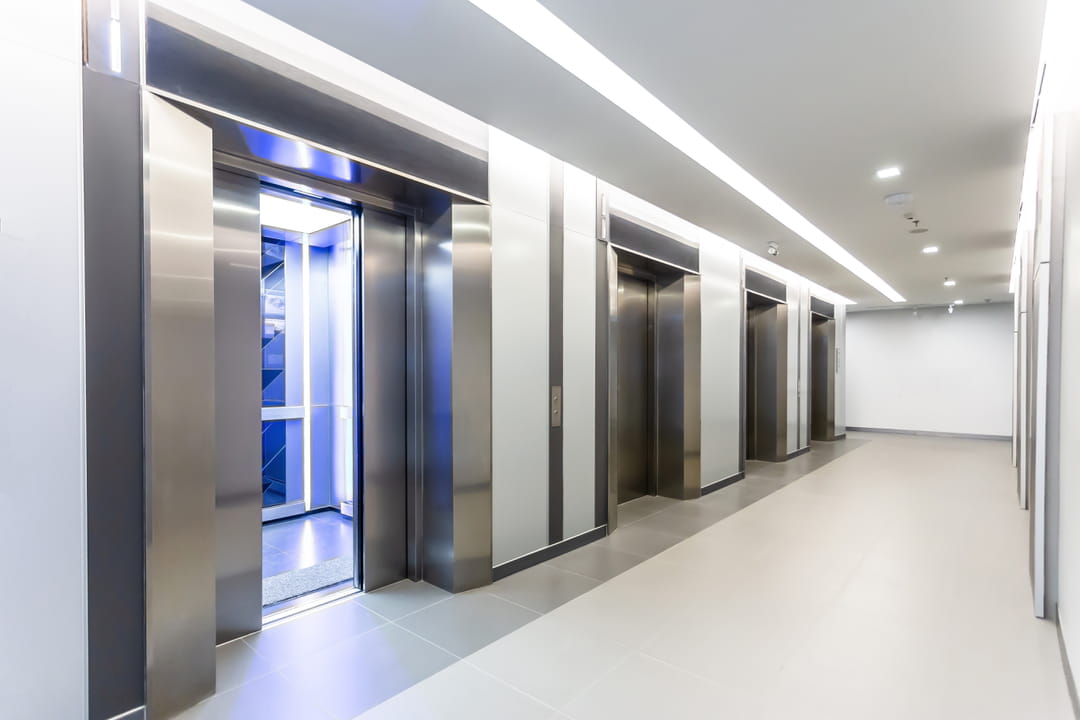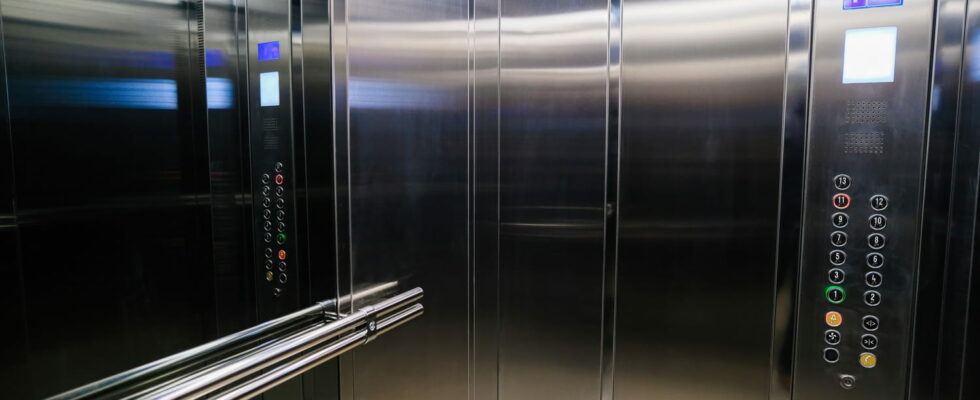When entering an elevator, we rarely pay attention to the mirror inside. However, it is not there by chance, there is a very specific reason.
Whether we’re late or early, we always tend to take the time to give ourselves a makeover in the elevator mirror. However, this is far from being their primary use: mirrors have many more functionalities than we think. Even if their presence is obvious to manufacturers, it is not the case for everyone. This is why some explanations are necessary.
The modern elevator, designed for transporting people, was created under the leadership of inventor Elisha Otis in 1850. While previously they were used for carrying heavy loads, the elevators he created are now equipped with an automatic safety device, more suitable for transporting people. This system prevents the risk of free fall in the event of the traction cable breaking. And, from 1857, a mirror was installed inside public elevators.
It is mainly for security reasons that companies have decided to add these mirrors. Indeed, their reflection allows us to see the actions of other users. They are even ideal for spotting the warning signs of theft or assault. They can also deter some people from committing acts of vandalism or having unwanted physical contact.

But the primary reason for the presence of mirrors in elevators lies elsewhere: for users, it is essential that these elevators be synonymous with calm. With this idea in mind, builders decided to install mirrors with the specific aim of increasing the feeling of space and depth. This significantly reduces the anxiety level in claustrophobic people.
The elevator is also a significant solution for users with disabilities that limit their physical capabilities. If an individual is in a wheelchair, they will be able to find their way and maneuver their chair more easily with the help of the mirror in the cabin. Entrances and exits will thus be more comfortable.
Finally, the last function of mirrors, undoubtedly the least important, is to distract users during their journey. They can fix their hair, put on makeup or take a photo of themselves. Everything is good to pass the time. Obviously, these mirrors are not everywhere: in elevators that are very spacious or have a panoramic view, their usefulness is reduced, for example. They are also rarely present in hospitals to prevent patients from seeing themselves in a sick state which could alter their mood.
